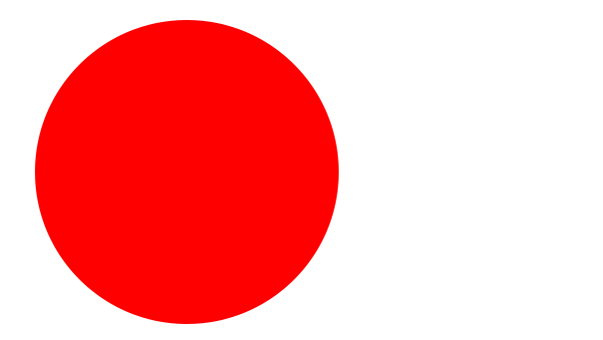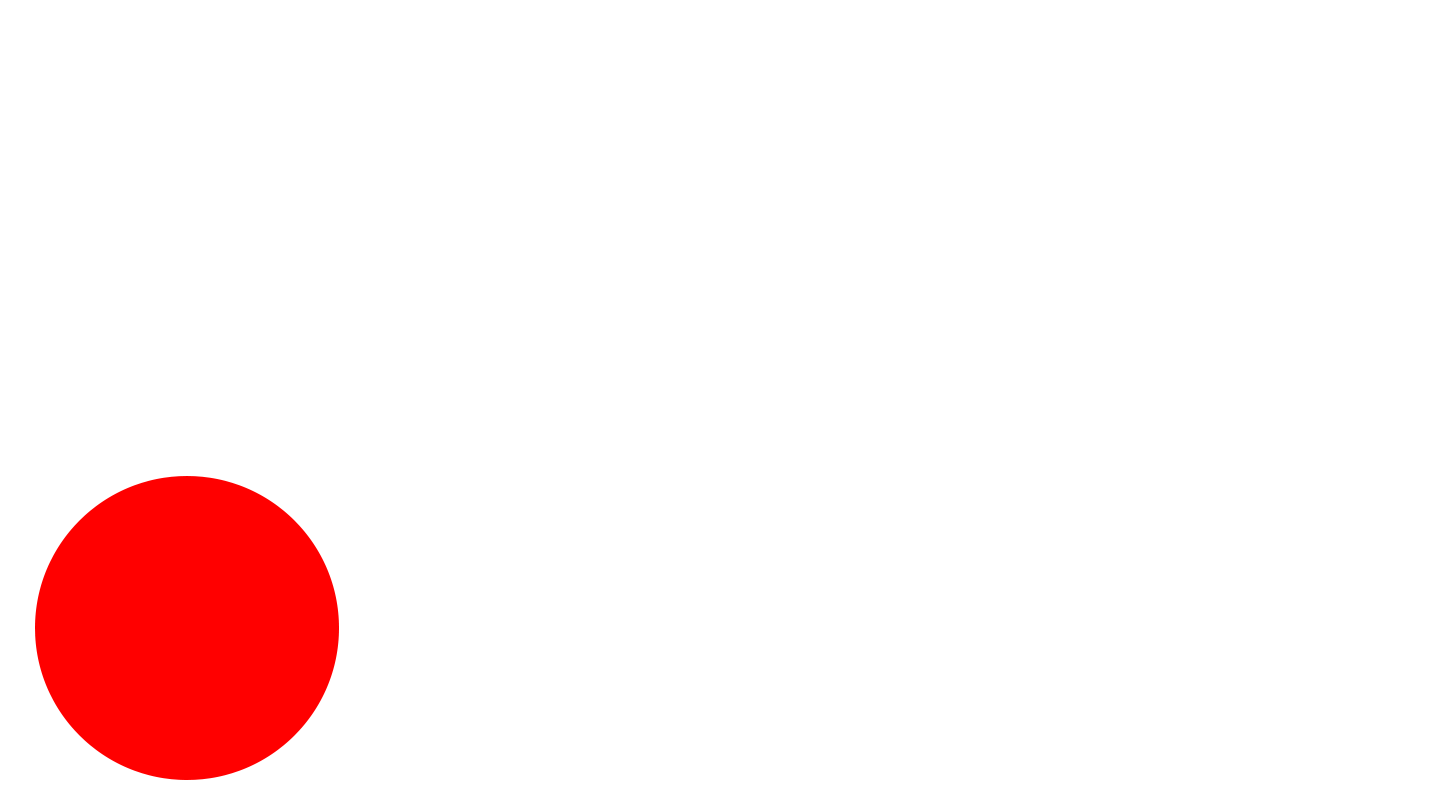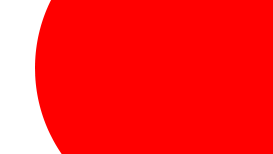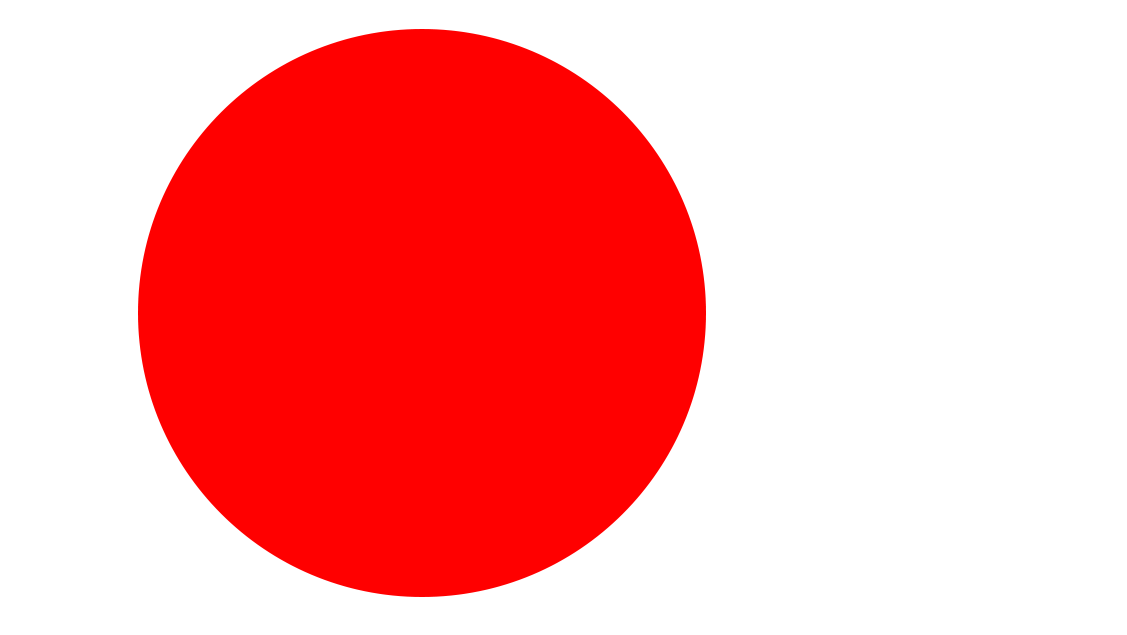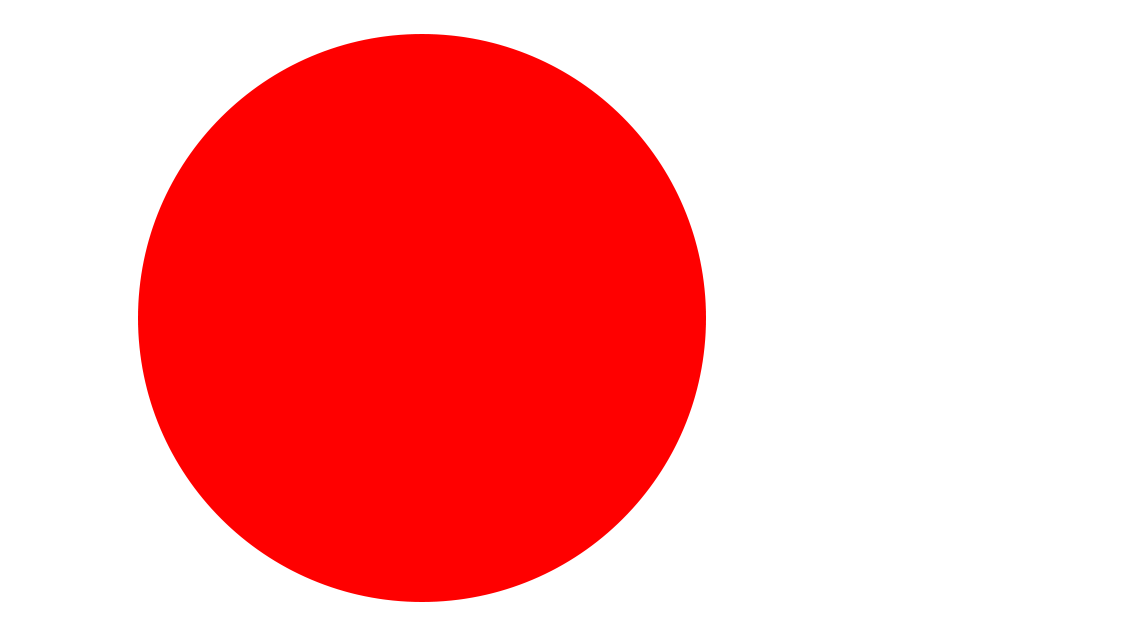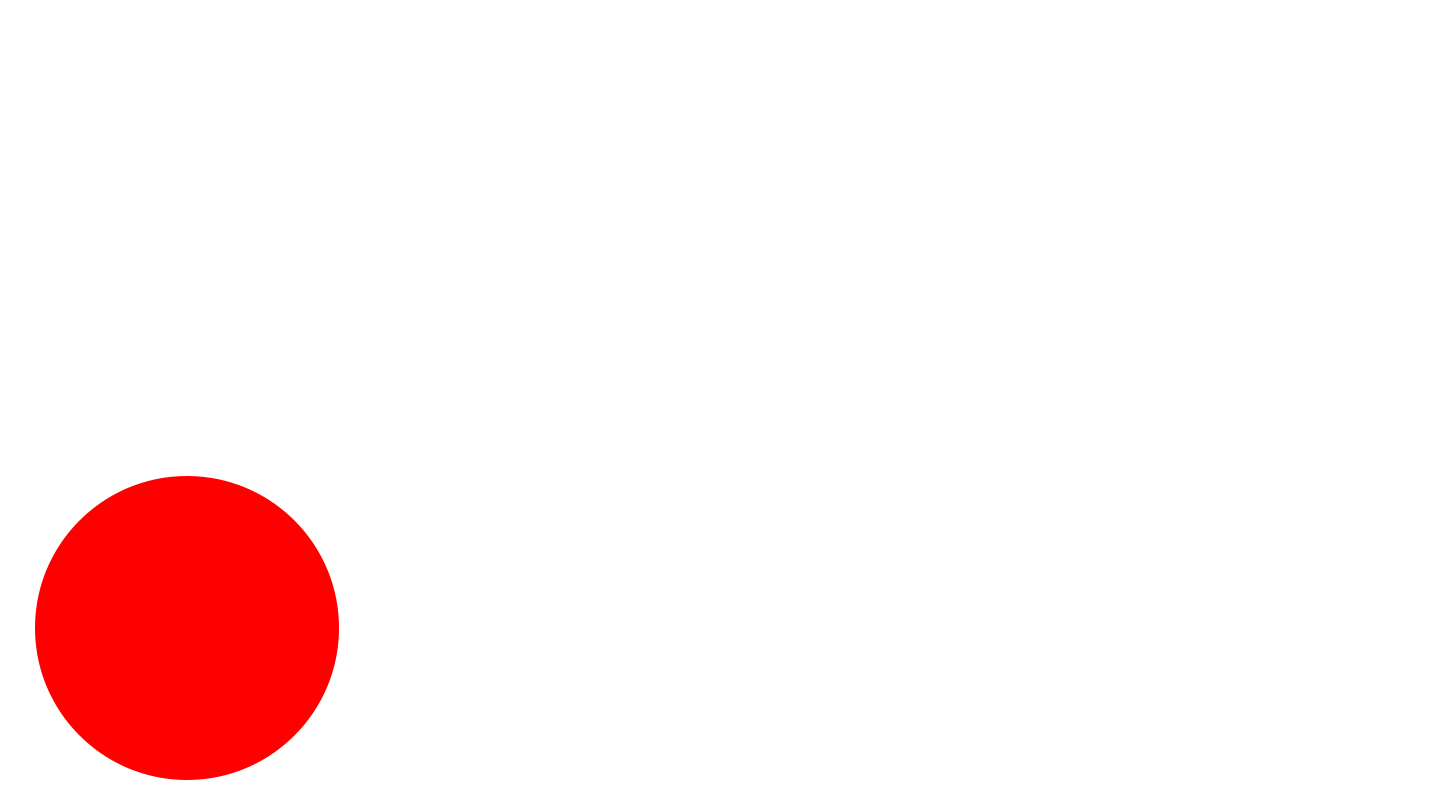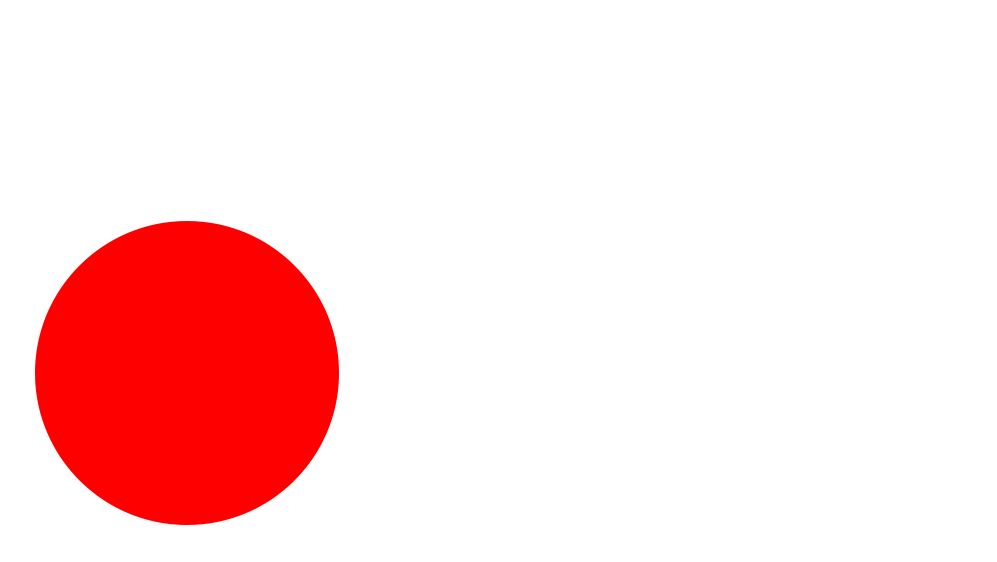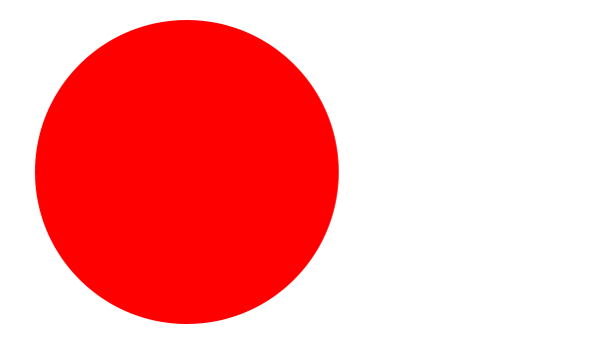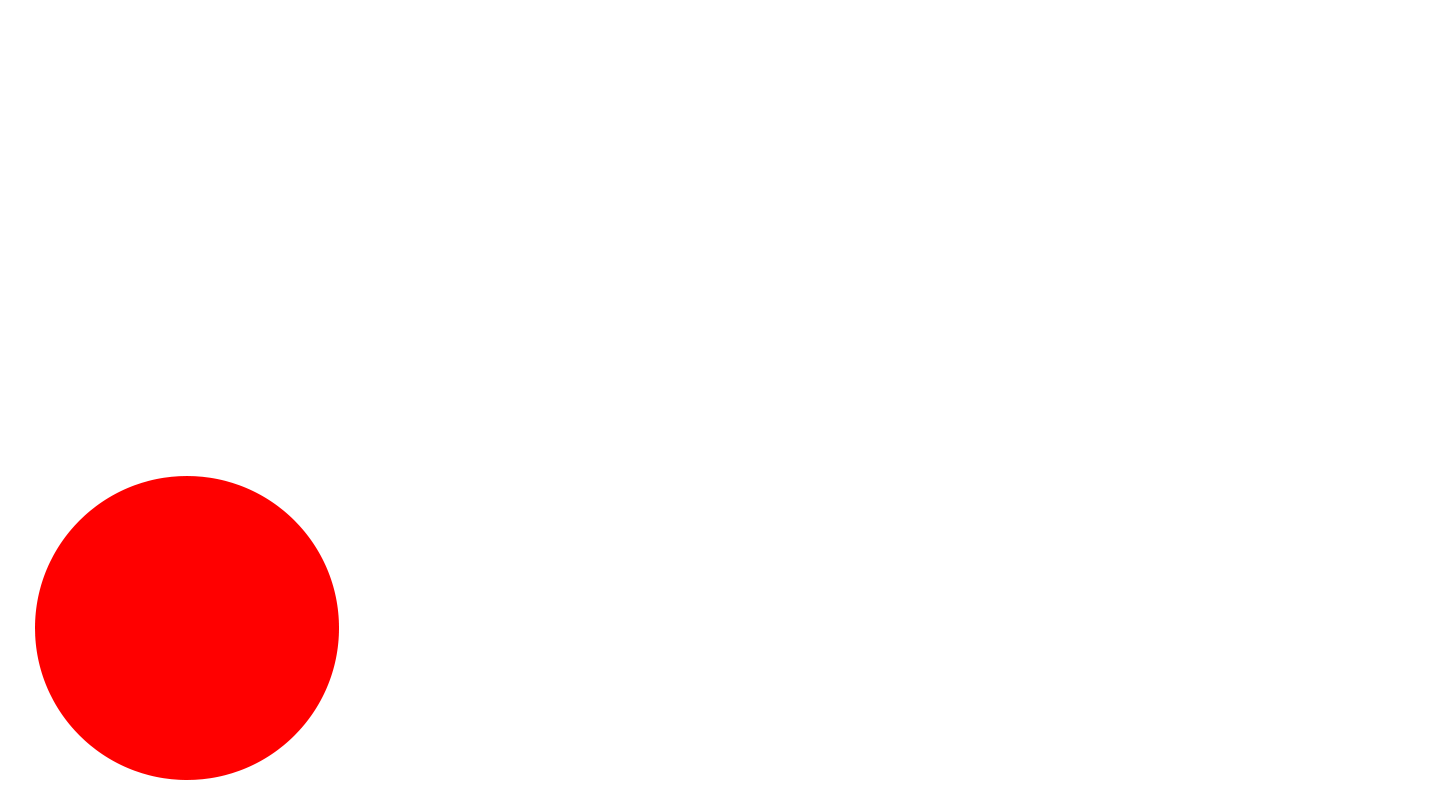The word language has not been included accidentally to this exhibition. The painter Pablo
Riestra (born in 1979) develops a fruitful practice in his paintings and their processes. In this
practice he explores fast drawing, color testing, painting and repainting until he hits a
complex and vibrant come out, detached from any mimesis.
It was dictatorship time when Pablo was still a child in the 1980´s in Chile. He arrived in
Finland with his parents and siblings at the beginning of the 1990's. Since then he has been
confronting all the odds that being a migrant means: new landscapes, new ways of looking at
things, learning a new language and new meanings. Riestra has merged all these experiences
used to survive with his art; through observation the artist has found a noted reference
source which he records on sketchbooks or a screen.
The ideal excuse for calligraphy and handwritten translations —using a pencil, a ballpoint
pen or a quill pen— , fast sketches and painting tests. Nevertheless, Pablo doesn't look down
on new technologies: he also uses digital devices to take notes, write a poem and to make
translations. He still is a postmodern artist after all.
This is when the artist´s logbooks become essential. Writing down ideas —be it a haiku or a
title for a new painting— usually while traveling by train or bus; painting processes taking
form under handwritten notes; translation exercises between seen objects and what
appears on paper. Not forgetting the action of preserving what usually gets lost between
moving landscapes and ephemeral thoughts. All of which shapes a starting point for the
artist to explore creativity leading to a deepening in his painting processes and his style.
The exchange and transferring method from Spanish to Finnish, from French to Spanish
—many times through English— all together constructs a unique network of meanings for
the artist. It’s a formal system equivalent to Pablo´s artistic method. It all begins from a
sketch made with a pencil to a brush for an aquarelle painting; from the first acrylic layer to
the last one made with oil, giving a last touch of lines with oil pastel. The artist translates and
shapes his own sign system, repeating, erasing, sketching, painting and repainting until the
composition is right.
Two traditional categories –drawing and painting– become eclectic through the artist's eye.
These practices don't deny the contradiction nor the prevailing distance between them, nor
the techniques and/or their motives. On the contrary they are taken with responsibility and
praised. The line may appear strong and distinct in some sketches while it might disappear
between an abstraction of two colors; on some sketches we can see shades in different lines
arranged in groups while on the canvas these lines merge with acrylic and oil colors between
layers. Both decontextualization and discordance have been developed soundly through
landscapes, portraits, flowers and animals as subjects.
Many times, non-fixed objects appear floating. As if the paintings with their plane
backgrounds belonged to a striking idea due to their emotive chromatism, or to a Pop Art
dream. There lies a way to saturate the ultimate representational desire. On the other hand,
the flying birds and the presence of a flower detached from their respective context,
evoques the Haiku poetry of ancient Japanese art. A way to illustrate everyday life bringing
joy to everyone.
Riestra succeeds in making these references and influences —regardless of their
overwhelming distance— communicate, complementing each other, melting and unifying
them, creating a joyful language which bursts into vibrant color. A love gesture which
rectifies —through painting and drawing— the contradiction inhabiting our collective
imaginary and also each of us.
Riestra (born in 1979) develops a fruitful practice in his paintings and their processes. In this
practice he explores fast drawing, color testing, painting and repainting until he hits a
complex and vibrant come out, detached from any mimesis.
It was dictatorship time when Pablo was still a child in the 1980´s in Chile. He arrived in
Finland with his parents and siblings at the beginning of the 1990's. Since then he has been
confronting all the odds that being a migrant means: new landscapes, new ways of looking at
things, learning a new language and new meanings. Riestra has merged all these experiences
used to survive with his art; through observation the artist has found a noted reference
source which he records on sketchbooks or a screen.
The ideal excuse for calligraphy and handwritten translations —using a pencil, a ballpoint
pen or a quill pen— , fast sketches and painting tests. Nevertheless, Pablo doesn't look down
on new technologies: he also uses digital devices to take notes, write a poem and to make
translations. He still is a postmodern artist after all.
This is when the artist´s logbooks become essential. Writing down ideas —be it a haiku or a
title for a new painting— usually while traveling by train or bus; painting processes taking
form under handwritten notes; translation exercises between seen objects and what
appears on paper. Not forgetting the action of preserving what usually gets lost between
moving landscapes and ephemeral thoughts. All of which shapes a starting point for the
artist to explore creativity leading to a deepening in his painting processes and his style.
The exchange and transferring method from Spanish to Finnish, from French to Spanish
—many times through English— all together constructs a unique network of meanings for
the artist. It’s a formal system equivalent to Pablo´s artistic method. It all begins from a
sketch made with a pencil to a brush for an aquarelle painting; from the first acrylic layer to
the last one made with oil, giving a last touch of lines with oil pastel. The artist translates and
shapes his own sign system, repeating, erasing, sketching, painting and repainting until the
composition is right.
Two traditional categories –drawing and painting– become eclectic through the artist's eye.
These practices don't deny the contradiction nor the prevailing distance between them, nor
the techniques and/or their motives. On the contrary they are taken with responsibility and
praised. The line may appear strong and distinct in some sketches while it might disappear
between an abstraction of two colors; on some sketches we can see shades in different lines
arranged in groups while on the canvas these lines merge with acrylic and oil colors between
layers. Both decontextualization and discordance have been developed soundly through
landscapes, portraits, flowers and animals as subjects.
Many times, non-fixed objects appear floating. As if the paintings with their plane
backgrounds belonged to a striking idea due to their emotive chromatism, or to a Pop Art
dream. There lies a way to saturate the ultimate representational desire. On the other hand,
the flying birds and the presence of a flower detached from their respective context,
evoques the Haiku poetry of ancient Japanese art. A way to illustrate everyday life bringing
joy to everyone.
Riestra succeeds in making these references and influences —regardless of their
overwhelming distance— communicate, complementing each other, melting and unifying
them, creating a joyful language which bursts into vibrant color. A love gesture which
rectifies —through painting and drawing— the contradiction inhabiting our collective
imaginary and also each of us.
Simple, flottante et saturé
Sur l’œuvre de Pablo Riestra
Par Francisco Belarmino,
Commissaire
Sur l’œuvre de Pablo Riestra
Par Francisco Belarmino,
Commissaire
Que l'on ajoute le mot langage pour cette exposition, ça, ce n’est pas une
coïncidence. Car moyennant un recherche en peinture —ses processes y compris—
l’artiste-peintre Pablo Riestra (né 1979) développe une pratique où il s'exerce au
dessin rapide et soudain, aux essais en couleur, à peindre et repeindre pour arriver à
la bonne solution. Une solution qui ne peut être plus loin de toute imitation: elle est la
sœur d’une toute nouvelle figuration, vibrante et complexe dans son ensemble.
C’était le temps de la dictature au Chili, dans les années 1980, lorsque Pablo Riestra
était encore un enfant. Après cela il a vécu l’immigration en Finlande depuis les
années 1990, avec ses parents, ses frères et sa sœur, avec toute la problématique
que ça entraîne: trouver sa place en étranger, apprendre une nouvelle langue,
parvenir à trouver de nouvelles façons de regarder et de communiquer, reconnaître
de nouveaux paysages, encore et toujours. Tout cela qu'en apparence n'était qu'une
forme de survie devient sa méthode artistique; ainsi, dans l'observation, l'artiste
trouve une éminente source de références qui restent consignées lorsqu'il les inscrit
sur papier ou sur un écran.
Voilà le prétexte parfait pour écrire et faire des traductions manuscrites sur papier
—oui, à l’ancienne— ou sur son PC portable, en artiste postmoderne, tout
évidemment; pour ébaucher au crayon, au stylo ou à la plume, et pour faire des
essais en peinture. Donc, le journal de bord, en papier ou en écran soit-il, rentre
dans le jeu: les inscriptions d'idées —un haïku ou un titre pour une nouvelle œuvre—
qui sont conçues entre voyages en train ou en autobus, sur du papier ou sur un
écran; les exercices de traduction de ce que l'artiste voit et cela qu'il dessine; et
l'acte de préserver tout cela qui échappe au paysage en mouvement et à la fugacité
de la pensée, sans aucun doute, configure une première phase exploratoire vers la
créativité. Ce qui rendra possible une étude approfondie auprès de la peinture et de
son style si particulier.
Cette méthode d’échange et de transmissions de l’espagnol au finnois ou du finnois
au français, qui passent souvent par l’englais, elles, articulent un réseau de sens
chez Pablo Riestra. Là, il s’agit d’un système de règles qui s’alignent au processus
artistique du peintre.
De l’ébauche au crayon; en passant pour un pinceau pour une aquarelle; dès la
toute première couche en acrylique jusqu’à la dernière en couleur à l’huile et
donnant les toutes dernières touches au pastel; ainsi, l’artiste, lui, traduit et met en
place ses propre coordonnées de signes qu’il répète, efface, teste, peint encore une
fois, n’ayant pour but que de trouver la bonne composition.
La technique du dessin et de la peinture —des catégories classiques— montrent
tous les deux un côté fort éclectique chez Pablo. Deux exercices qui ne nient pas la
contradiction ou la distance de ses moyens, ses techniques et/ou ses motifs, mais,
en revanche, les assume et les met en valeur.
Dans certaines ébauches la ligne, elle, apparaît fort nette; dans d’autres elle
disparaît entre couches de peinture, formant une abstraction. Sur certaines pages on
trouve des nuances regroupées en différents traits; sur la toile les couleurs, elles, se
fondent entre des couches d'acrylique et couleurs à l`huile. Cette dissonance a été
travaillée avec consistance sur les thèmes tels que le paysage, le portrait, les fleurs
et les animaux, parmis autres; également sur la manière de décontextualiser ces
thèmes de son origine.
Les objets déplacés de son origine semblent flotter dans les tableaux de Pablo. On
pourrait dire que ces peintures, avec ses arrière-plans tout plats et son chromatisme
émouvant, font partie d'une idée toute fulgurante ou d'un rêve Pop Art. Voilà une
manière de saturer le désir de représentation. D'un autre côté, les oiseaux en vol et
la présence d'une fleur, déconnectés de leur environnement, nous renvoient à
l'ancienne poésie japonaise, les Haïkus. Une manière d'illustrer ces moments
quotidiens de notre vie qui remplissent l'âme de tout le monde.
Ces références et influences —gardant leur impérieuse distance— l'artiste-peintre,
lui, parvient à les lier, à les faire communiquer, à les unifier, à les complémenter en
créant un langage joyeux qui éclate en couleurs. Voilà de la tendresse pure, qui par
la peinture et par le dessin, redresse cette contradiction de stéréotypes qui habite
notre imaginaire collectif et à l'intérieur de chacun de nous.
Simple, flotante y saturado.
Sobre las obras de Pablo Riestra A.
Francisco Belarmino, curador
Sobre las obras de Pablo Riestra A.
Francisco Belarmino, curador
No es inocente que la palabra lenguaje esté incluida en el título de esta muestra.
Pues es a través de su búsqueda en la pintura y sus procesos, que el artista chileno
Pablo Riestra (1979) desarrolla una fructífera práctica en la que ejercita el dibujo
rápido, las pruebas de color, el pintar y sobrepintar hasta dar con un resultado que,
alejado de toda mímesis, se acerca a una compleja y vibrante refiguración de lo
visto.
La historia de Pablo está marcada por la dictadura en Chile de los años 1980,
cuando era un niño, y por la emigración a Finlandia en los años 1990 junto a sus
padres y hermanos. Situación esta que conlleva los retos de posicionarse en un
territorio como extranjero, aprender un nuevo idioma, reconocer nuevos paisajes,
reinventar cada cierto tiempo una manera de mirar, una manera de comunicarse.
Esto que parecía una forma de supervivencia, lentamente fue llevado hacia su
práctica como artista. Así, en la observación encontró una eminente fuente de
referencias que pasadas al papel o una pantalla quedan consignadas.
Perfecta excusa para la escritura y la traducción manuscrita —sea ésta con lápiz,
bolígrafo o pluma—, tanto como para el dibujo rápido y las pruebas en la pintura.
Como buen artista postcontemporáneo, Pablo tampoco descarta utilizar el teclado o
la pantalla de un aparato digital a la hora de escribir y traducir. Es entonces que la
bitácora, sea esta en papel o digital, se vuelve importante. El registro de las ideas
—un haiku o el título para una nueva obra— que usualmente aparecen entre viajes
en tren o autobús, sobre papel o en una pantalla; los procesos de obra que se
gestan en las anotaciones; los ejercicios de traducción entre lo que se ve y lo que se
dibuja; y, por supuesto, la acción de preservación de aquello que suele escaparse
entre el paisaje en movimiento y la fugacidad del pensamiento, configura una
primera etapa exploratoria hacia la creación y que servirá luego para profundizar en
la pintura, el estilo que lo caracteriza.
El método de intercambios y traspasos desde el castellano al finés y desde el finés
al francés, que pasa muchas veces por el inglés, articula para Pablo su propia red
de significaciones. Se trata de un sistema de formalidades que se homologa a su
trabajo artístico. Desde el bosquejo en lápiz a la brocha en acuarela; desde la
primera capa en acrílico hasta la última en óleo, dando un último toque con unas
líneas en pastel; el artista traduce y configura su propio sistema de signos, que
muchas veces repite, borra, ensaya, pinta y vuelve a pintar hasta dar con el
resultado adecuado.
Clásicos en sus categorías, el dibujo y la pintura aparecen aquí eclécticos en su
técnica. Una práctica que no niega en sí misma la contradicción o la lejanía de sus
medios, sus técnicas y/o sus motivos, sino que las asume y las releva. Mientras que
en algunos esbozos la línea aparece fuerte y marcada, en otras desaparece en la
abstracción entre dos colores. Mientras que en algunos papeles encontramos
matices en diferentes trazos agrupados, en la tela los colores se funden con el
acrílico y el óleo entre capas. Así, el retrato, las flores, las naturalezas muertas y los
animales son motivos en los que esta disonancia se ha trabajado consistentemente;
como también la manera en que los descontextualiza de su origen.
Las cosas desprovistas de lugar aparecen muchas veces flotantes. Como si las
pinturas con sus fondos planos, pertenecieran por su conmovedor cromatismo a una
idea fulminante, o un sueño Pop Art. Hay ahí una forma de saturar el deseo de
representación. Por otro lado, abstraídas de su ambiente, las aves en vuelo y la
presencia de una flor, remiten a una poética Haiku del antiguo arte japonés. Una
manera de ilustrar los momentos simples de la vida, que llenan el espíritu de los
más sencillos.
Estas referencias e influencias que guardan una imperiosa distancia, Pablo logra
aunarlas, comunicarlas entre sí, complementarlas a través de un lenguaje jubiloso
que estalla en colores; un gesto de amor que enmienda, a través de la pintura y el
dibujo, la contradicción que habita nuestros imaginarios pero también en cada uno
de nosotros.
